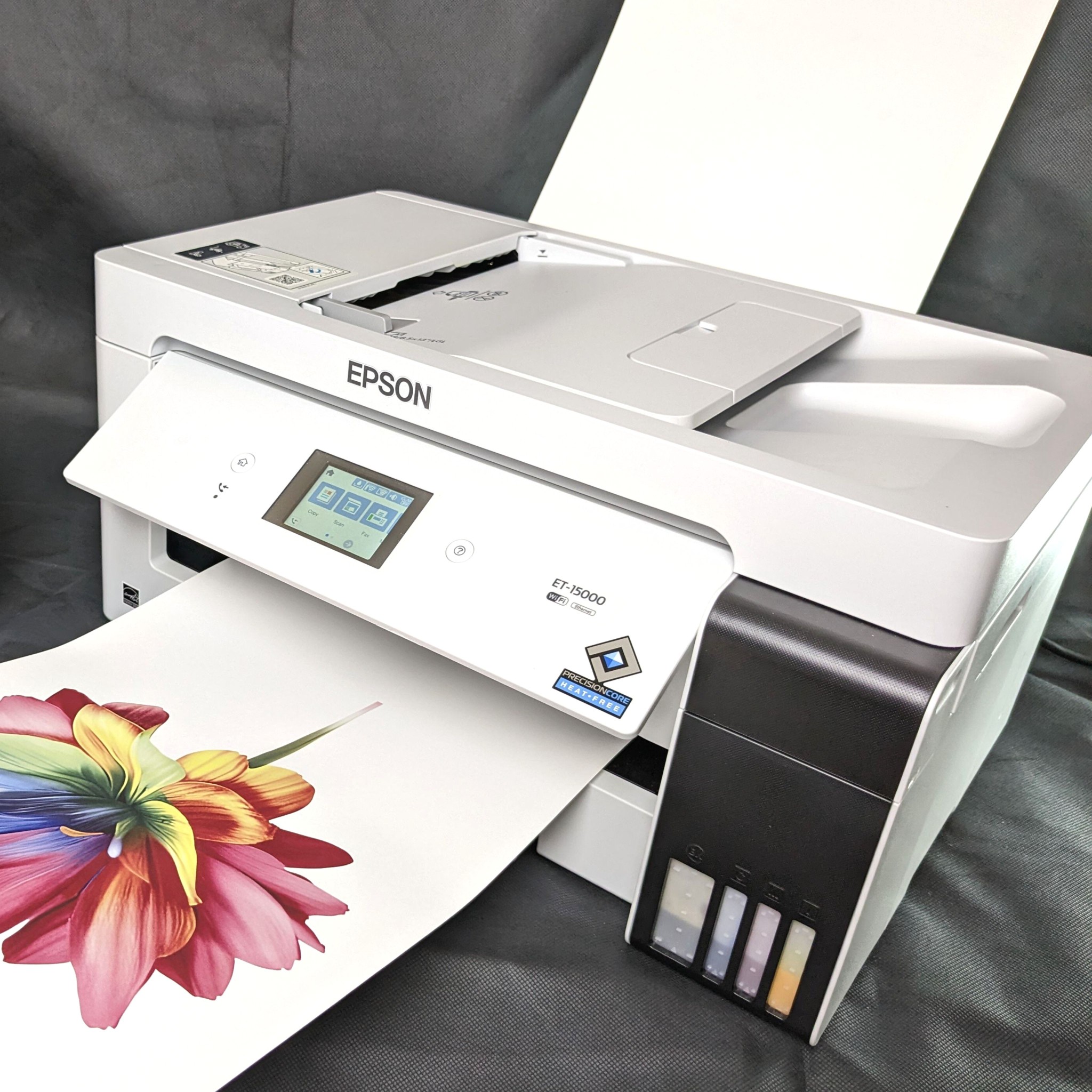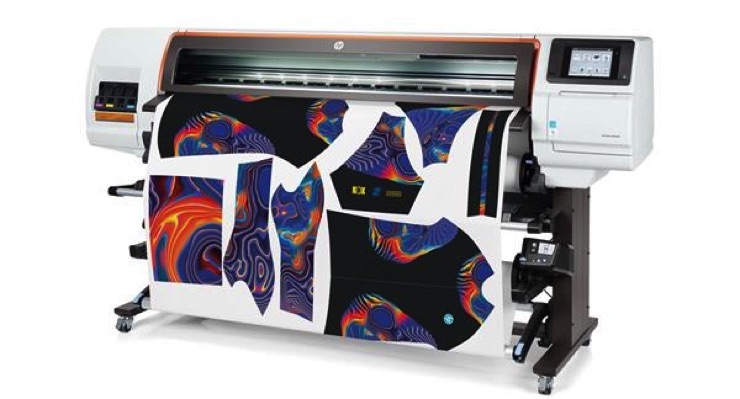A Comprehensive Guide to the Different Kinds of Fabric Printing Techniques
Each approach, from the meticulous craftsmanship of block printing to the fast effectiveness of display printing, offers special objectives and provides distinctive benefits. Digital printing's versatility and environmental awareness stand in raw comparison to the quick customization of warmth transfer printing.
Block Printing
Block Printing, one of the earliest methods of textile design, has an abundant background that dates back to ancient people. The process involves carving complex layouts right into wooden blocks, which are then dipped in dye and pressed onto textile to develop patterns.
The precision and craftsmanship entailed in block printing make it a labor-intensive procedure, however it likewise permits a high level of personalization. Artisans can create special patterns by combining different blocks or differing the application of color. This flexibility has actually contributed to the long-lasting appeal of block printing in both typical and modern fabric design.
Block printing is particularly valued for its visual qualities, including the slight variants in pattern and color that result from the hand-printing process. These blemishes lend a distinct character to every item, identifying it from mass-produced textiles. Despite advances in modern printing technologies, block printing stays a valued technique, commemorated for its historic value and artistic value.
Screen Printing
Screen printing, another famous fabric decor strategy, has actually transformed the market with its performance and adaptability. This technique includes developing a pattern, called a screen, and utilizing it to use layers of ink on the printing surface. Each shade in the style needs a different screen, which permits complex and vivid multi-colored prints.

One of the vital benefits of screen printing is its adaptability to different sorts of textiles, including cotton, polyester, and blends. This method is especially appropriate for large-volume orders due to its cost-effectiveness and rate. The sturdiness of the prints is one more significant benefit, as the ink bonds well with the material, ensuring durable layouts that endure numerous cleans.
Once dried, the layout is moved onto the emulsion-coated display using a UV light resource. Ink is then pressed through the pattern onto the fabric making use of a squeegee.
Display printing is commonly used in the garment industry, promotional items, and customized clothing. Its capacity for top notch, comprehensive prints secures its status as a keystone technique in textile printing.
Digital Printing
Digital printing has quickly become a sophisticated method in the fabric sector, leveraging advanced modern technology to generate high-resolution designs directly onto textile. Unlike traditional methods, digital printing utilizes inkjet printers to deposit pigment or dye-based inks onto textiles, enabling detailed and vibrant patterns with an amazing level of detail and color accuracy.
One of the main benefits of electronic printing is its versatility. This method allows for on-demand printing, which considerably lowers waste and reduces supply prices.
Furthermore, digital printing is eco-friendly. DTF printing. It utilizes water-based inks and requires less water and power compared to traditional methods, aligning with lasting techniques. The accuracy of electronic printing additionally allows making use of a wider series of textiles, consisting of cotton, silk, polyester, and blends, ensuring flexibility across different applications
Warm Transfer Printing
Exactly how does warmth transfer printing reinvent find out here fabric layout? This technique has brought substantial innovations by allowing intricate and lively styles to be transferred onto a selection of materials with amazing accuracy. Warm transfer printing includes using warmth and pressure to move a layout from a specifically formulated paper onto textile. This process starts with printing the desired photo onto transfer paper using specialized inks. As soon as the picture is printed, the paper is put onto the material and subjected to a heat press, which moves the ink from the paper to the fabric.
Among the primary advantages of heat transfer printing is its capability to generate top notch, detailed pictures quickly and effectively. It is specifically appropriate for tiny production runs and custom-made orders, making it a popular option for individualized clothing and advertising items. Furthermore, this method is versatile, suiting different kinds of fabrics including cotton, polyester, and blends.
Additionally, warmth transfer printing is relatively cost-efficient compared to various other approaches, as it requires very little setup and reduced initial investment - DTF printing. This cost, paired with its capacity for generating dynamic, resilient prints, highlights its essential duty in modern fabric design

Dye Sublimation Printing
Dye sublimation printing, an innovative textile printing method, offers unrivaled vibrancy and longevity for designs on various synthetic fabrics. This method entails converting solid dye right into a gas without going through a fluid state, permitting the color to penetrate the material flawlessly. The procedure starts with printing the style onto a special transfer paper using sublimation inks. The printed transfer paper is after that put on the textile, and both are subjected to high heat and stress making use of a warm press. The warm causes the color to sublimate and bond with the textile fibers, developing an irreversible, high-resolution print that resists fading and cracking.
One of the vital advantages of dye sublimation printing is its capacity to produce continuous-tone prints with intricate details and vivid shades. Unlike other printing approaches, the color ends up being part of the fabric rather than resting on top of it, resulting in a breathable and soft finish.
Conclusion
In recap, towel printing techniques each offer special advantages customized to various requirements and applications. Block printing is respected for its artisanal top quality, while screen printing is beneficial for high-volume manufacturing. Digital printing gives versatility and environmental benefits, whereas warm transfer printing is ideal for fast personalization. Color sublimation printing generates dazzling, durable designs on synthetic fabrics. The diversity and innovation within these methods highlight the dynamic and progressing nature of the fabric printing sector.
Each technique, anchor from the precise craftsmanship of block printing to the rapid efficiency of screen printing, serves unique objectives and supplies distinctive advantages. Digital printing's versatility and environmental awareness stand in raw comparison to the quick customization of heat transfer printing. Regardless of breakthroughs in contemporary printing innovations, block printing continues to be a treasured method, celebrated for its historic relevance and artistic worth.
Dye sublimation printing, an innovative material printing technique, supplies unequaled vibrancy address and longevity for designs on different synthetic textiles. Digital printing supplies flexibility and ecological advantages, whereas heat transfer printing is excellent for fast customization.